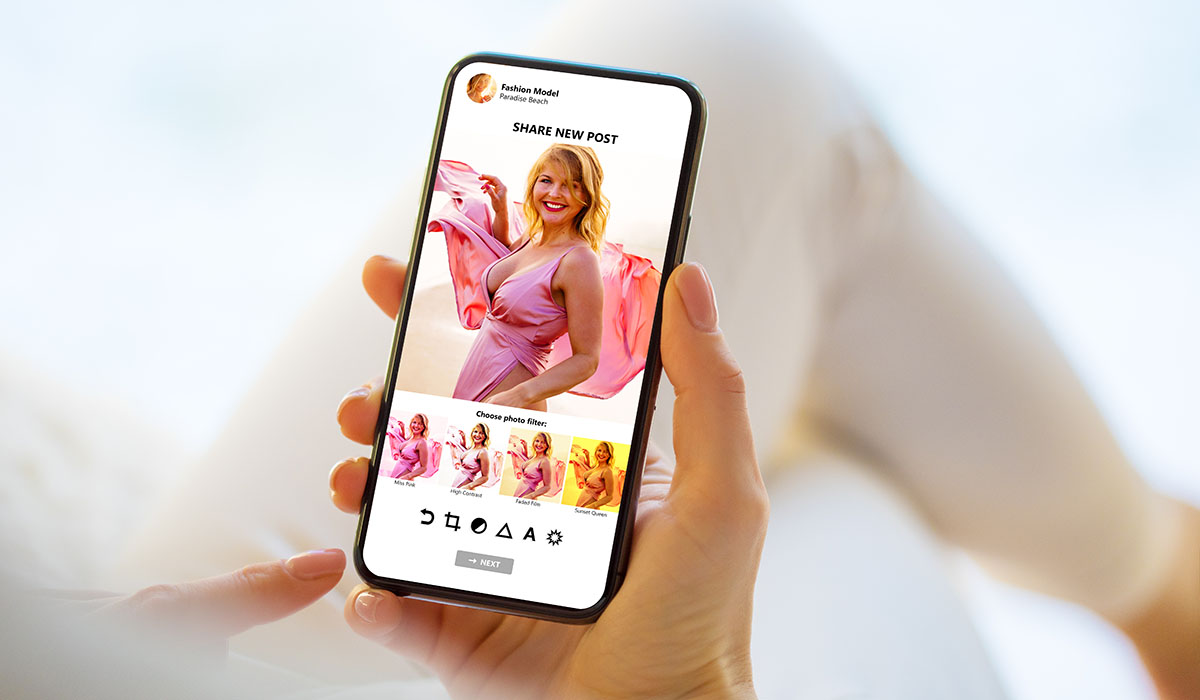Tips for Achieving Effective Web Design
Having an effective web design is essential for any business in the digital age. An attractive and user-friendly website can help attract customers, generate leads, and increase sales. It can also be a great way to communicate your brand message and showcase your products or services.
However, there are many considerations to consider when designing a web page that will ensure it meets all of your needs. In this article, we’ll discuss some of the key selling factors for Web design so you can create a website that stands out from the competition. This will then give you the edge when trying to encourage online sales.
Visual Appearance
First, web design should be visually appealing to potential customers. This means including high-quality graphics and images, as well as attractive fonts and color schemes. Your web page layout should also be easy to navigate – customers should be able to find the information they need quickly and easily.
Keep in mind that web pages are typically viewed on both desktop and mobile devices, so make sure your web design is optimized for all types of screens.
The way a website looks is key to attracting traffic to it in the first place. Then regular and relevant posting will encourage repeat visits to the website. Repeat business saves us from having to re-advertise ourselves because someone has found us and is continuing to follow and be interested in the products and services that we are offering.
Functionality
In addition to being visually attractive, web design should also be functional. This means that the web page should load quickly and smoothly, and there should be no technical issues such as broken links or slow loading times. Additionally, web pages should be designed in a way that makes them easy to use, so customers can find what they’re looking for quickly.
Customers can soon become frustrated if web pages do not work correctly and may then look elsewhere for their supplier of a product or service. It can not just be time-wasting but imply a lack of professionalism perhaps in other areas of a business. Customers want to rely on the company they choose to do business with, and reputations at stake can be threatened when computer software does not behave. This can be down to who has designed the website as much as the software or internet connections.
User Experience
Finally, web design should be designed with the user experience in mind. This means considering how customers interact with your web page and ensuring there are no entry barriers. For example, web pages should be easy to read, include helpful instructions and prompts, and be compatible with different web browsers. Additionally, webpages should be designed to meet the needs of all users, not just those who are technically savvy.
Those who design websites for a living tend to know what users want because of having designed websites for lots of different companies. The clients might have slightly different expectations, but their basic needs will be the same. If a website is to be geared to its demographic, though, this extra knowledge of particular businesses will prove to be invaluable. Design can be a two-way process between the company wanting the website and those looking to make it fit for purpose.
By considering these key selling factors for web design and using the best designers, you can create an effective website that will help your business stand out from the competition.
With an attractive visual design, a functional layout, and a user-friendly experience, you can ensure that your web page successfully engages visitors and generates leads. By investing in web design now, you’ll be reaping the rewards of increased customer engagement and higher sales for many years to come.



















